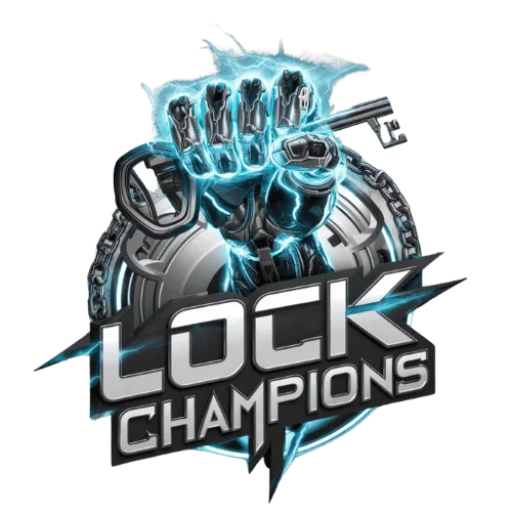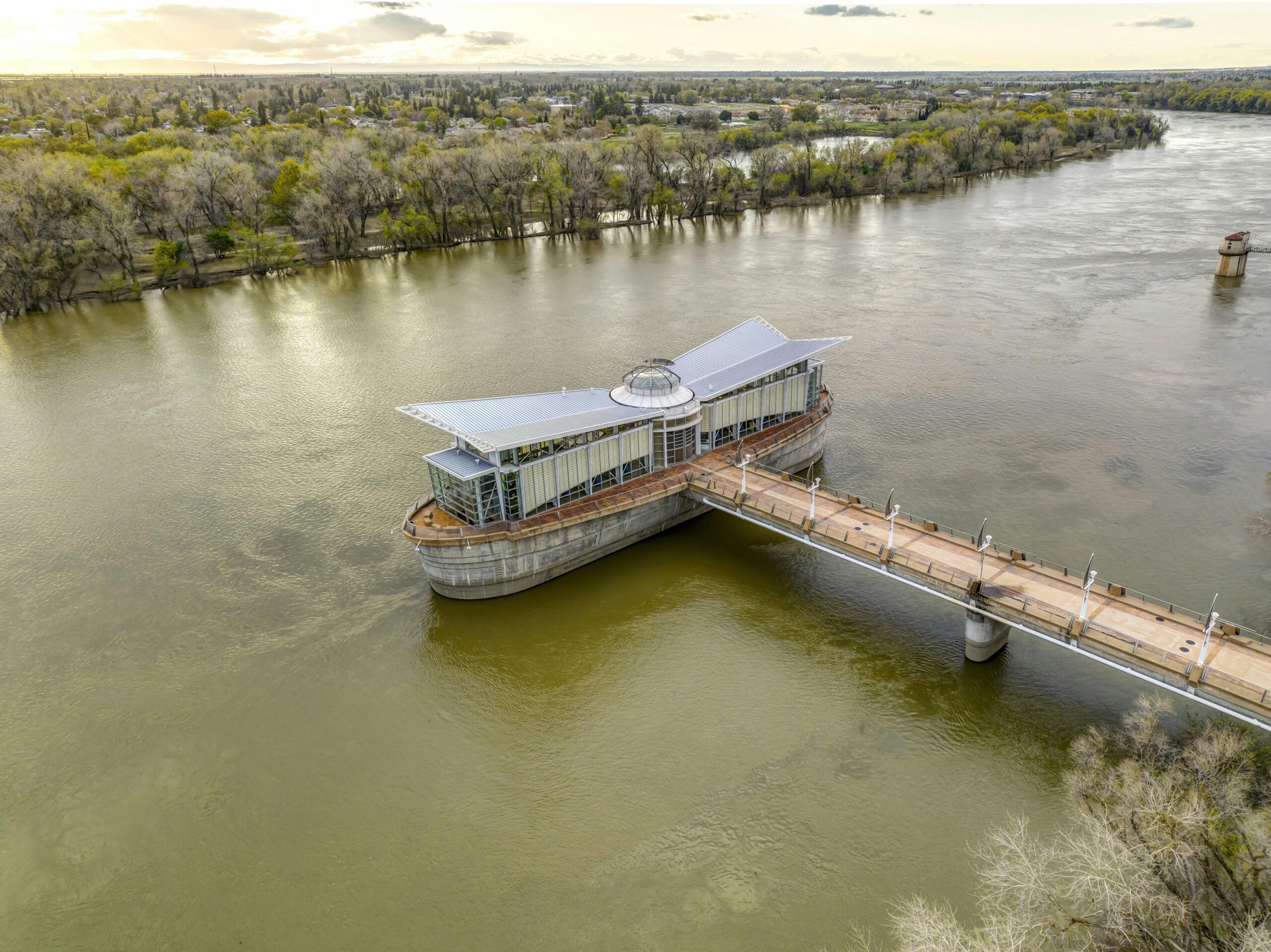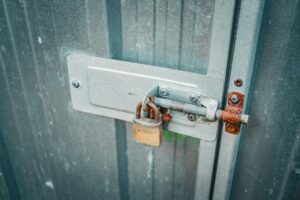In the heart of Minnesota, where winter’s chill meets the warmth of home, securing your front door is more than a routine-it’s a ritual. As technology weaves itself into everyday life, the age-old question arises: should you cling to the steadfast reliability of traditional deadbolts, or embrace the sleek innovation of smart locks? This exploration dives into the strengths and nuances of both, helping Minnesota homeowners navigate the evolving landscape of home security with confidence and clarity. Whether it’s the tactile assurance of a turn or the digital promise of convenience, understanding these options is key to keeping your sanctuary safe through every season.
Table of Contents
- Smart Locks and Traditional Deadbolts Overview in Minnesota Climate
- Security Benefits Tailored for Minnesota Homeowners
- Installation and Maintenance Considerations for Cold Weather
- Energy Efficiency and Smart Home Integration
- Choosing the Best Lock Considering Minnesota’s Safety Needs
- Q&A
- The Way Forward
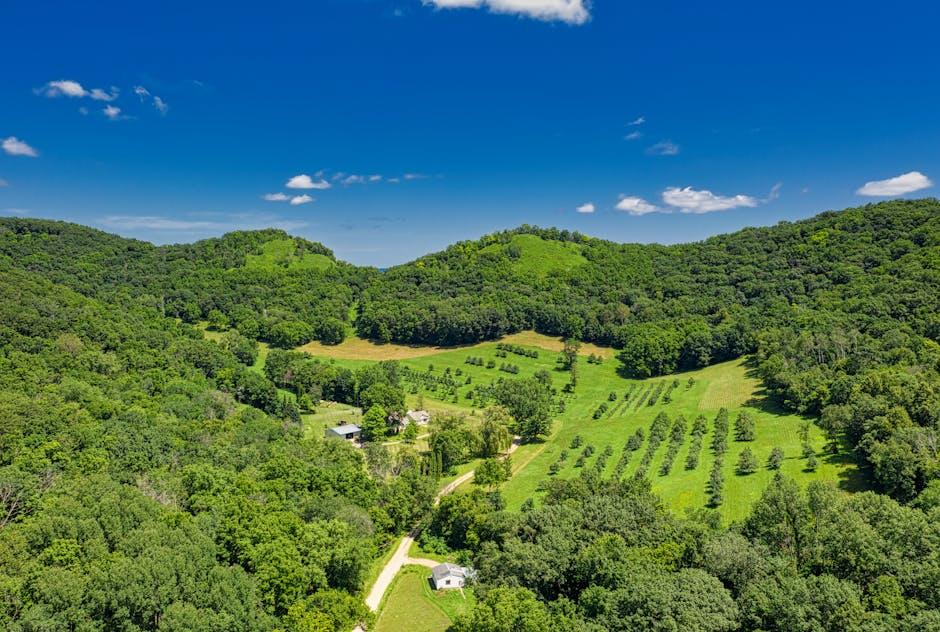
Smart Locks and Traditional Deadbolts Overview in Minnesota Climate
In Minnesota’s harsh climate, the resilience and reliability of your home’s lock system are paramount. Traditional deadbolts have long been favored for their mechanical simplicity and proven durability against extreme cold, moisture, and frequent freeze-thaw cycles. The materials typically used-such as solid brass or stainless steel-stand up well to corrosion and wear over time, maintaining a strong physical barrier. However, the cold temperatures can sometimes cause minor issues like stiffness or freezing, requiring occasional maintenance such as lubrication and weatherproof covers.
Smart locks bring convenience and advanced features tailored for modern living but must be carefully chosen for compatibility with Minnesota’s weather conditions. Many smart locks incorporate weather-resistant designs and offer benefits like remote access, temporary codes, and integration with home automation systems. Yet, their electronic components and batteries can be vulnerable to moisture and extreme cold without proper insulation or protective casings. When selecting between the two, here are essential climate considerations to keep in mind:
- Material durability against rust and corrosion
- Resistance to freezing and moisture infiltration
- Battery life during extended cold spells
- Ease of maintenance in winter conditions
| Feature | Traditional Deadbolts | Smart Locks |
|---|---|---|
| Weather Resilience | High – often weatherproof with basic maintenance | Moderate – depends on model and installation |
| Functionality in Cold | Reliable, occasional lubrication needed | Battery-dependent, may require insulation |
| Maintenance | Minimal, easy mechanical fixes | Technical, software updates and battery replacement |
| Security Features | Physical strength, pick resistance varies | Remote control, alerts, and code access |

Security Benefits Tailored for Minnesota Homeowners
Minnesota’s unique weather patterns and community-focused neighborhoods call for security solutions that do more than just lock your door. Smart locks offer customized features such as remote access control, real-time alerts, and temporary guest codes, giving homeowners precise control and peace of mind no matter where they are. Unlike traditional deadbolts that rely solely on physical keys, smart locks transform your smartphone into a powerful security tool, safeguarding your home against common risks like lost keys or unauthorized duplications.
Additionally, the enhanced integration capabilities of smart locks contribute significantly to a holistic home security ecosystem. When paired with other smart devices, such as security cameras and alarm systems, smart locks enable homeowners to create tailored security scenarios that activate based on time, presence, or specific events. This proactive approach minimizes vulnerability during Minnesota’s long winter nights and busy holiday seasons, making smart technology an appealing upgrade for modern residents.
| Feature | Smart Locks | Traditional Deadbolts |
|---|---|---|
| Access Control | Remote management & digital keys | Physical keys only |
| Security Alerts | Instant notifications of activity | No alert system |
| Customization | Temporary codes & user-specific access | Single key for all users |
| Resilience | Weather resistant, withstands Minnesota cold | Durable but no digital features |
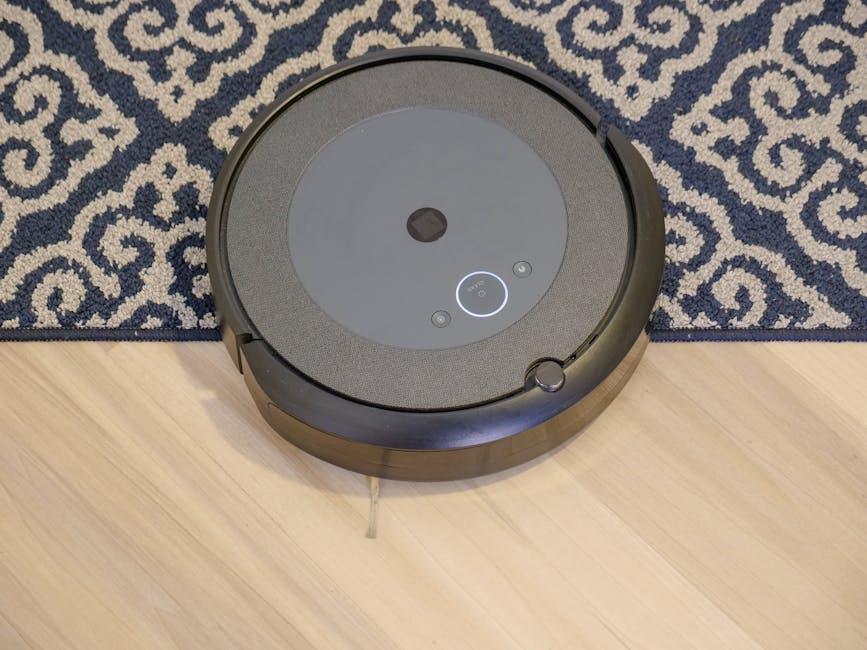
Installation and Maintenance Considerations for Cold Weather
In Minnesota’s frosty climate, both smart locks and traditional deadbolts face unique challenges that homeowners must address to keep their security systems functional year-round. Extreme cold can cause metal components to contract, potentially leading to sticking or freezing locks. For traditional deadbolts, lubricating the internal mechanism with graphite or a silicone-based spray before winter sets in can prevent freezing and ease operation. Smart locks, on the other hand, often rely on battery power, which can drain faster in cold temperatures, so using lithium batteries and checking battery levels regularly is crucial to avoid lockouts. It’s also advisable to protect the lock from direct exposure to snow and ice buildup by installing weather shields or placing mats outside the door.
Key maintenance tips for cold weather:
- Apply weather-resistant lubricants to mechanical parts
- Use batteries optimized for low-temperature performance
- Inspect seals and casings for moisture ingress
- Keep exterior electronic components dry and covered
| Lock Type | Winter Maintenance | Cold Weather Performance |
|---|---|---|
| Traditional Deadbolt | Lubricate with graphite, check alignment | Moderate – prone to freezing if untreated |
| Smart Lock | Replace batteries with lithium, wipe moisture | Good – battery dependent, casing sensitive |
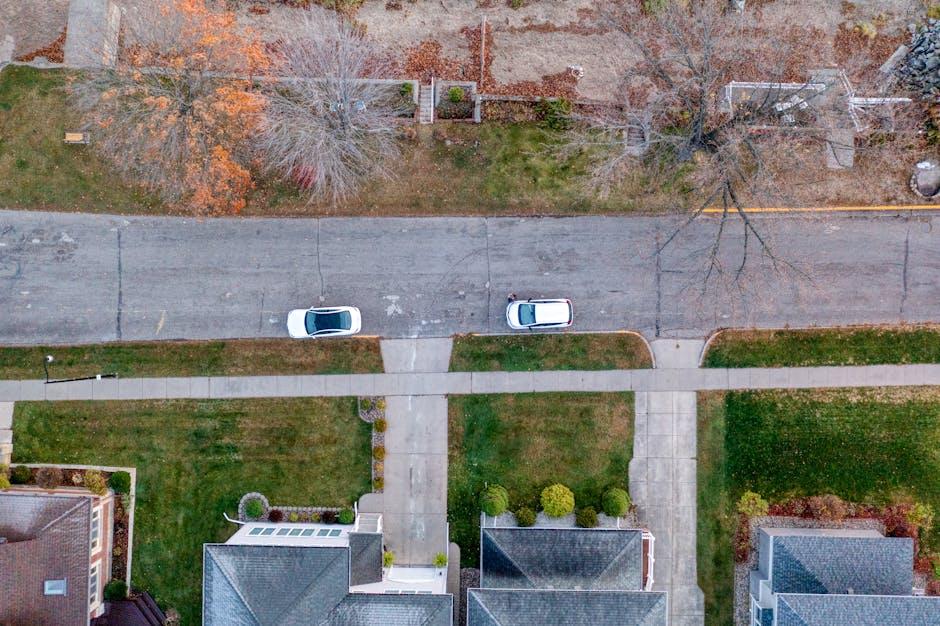
Energy Efficiency and Smart Home Integration
Integrating smart locks into your Minnesota home doesn’t just modernize security; it can significantly enhance your energy efficiency. Many smart locks offer seamless compatibility with popular home automation systems, allowing you to program lock schedules that coincide with your heating and cooling settings. For example, when you lock your doors at night, your smart thermostat can automatically reduce the temperature, conserving energy without sacrificing comfort. This interconnected ecosystem creates a smarter home environment where security and energy savings work hand in hand.
Traditional deadbolts, while reliable, lack this dynamic interaction with smart devices, often leading to missed opportunities for optimizing energy consumption. Smart locks can also be part of a comprehensive security and energy system that sends real-time alerts if doors are left unlocked, helping prevent unwanted heat loss during brutal Minnesota winters. Consider these benefits:
- Automated lock/unlock schedules tied to HVAC adjustments
- Remote monitoring that prevents energy waste
- Integration with lighting and security systems for holistic control
| Feature | Smart Locks | Traditional Deadbolts |
|---|---|---|
| Integration with Smart Thermostats | Yes | No |
| Remote Access & Alerts | Available | Unavailable |
| Impact on Energy Efficiency | Positive | None |
| Ease of Scheduling | High | None |
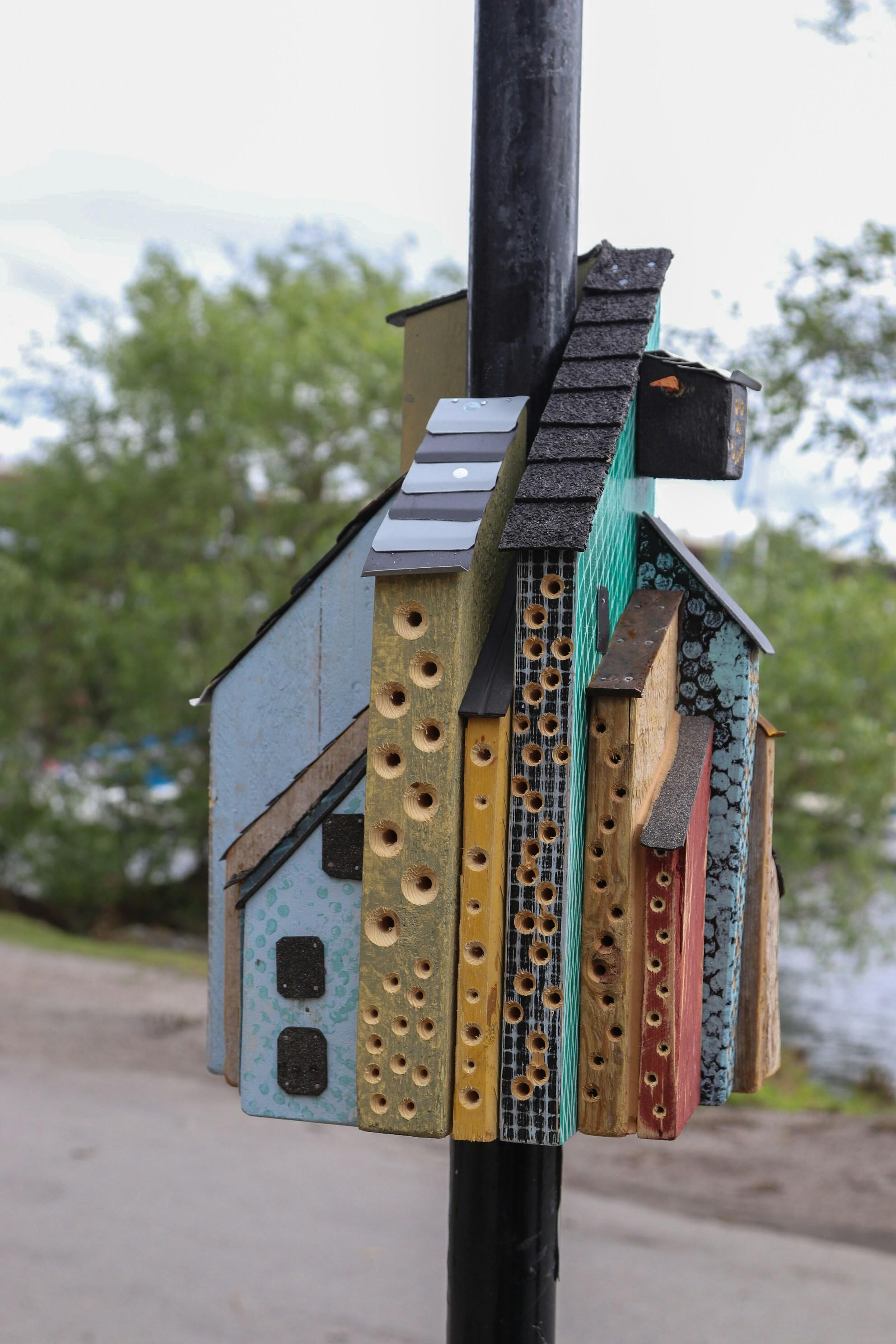
Choosing the Best Lock Considering Minnesota’s Safety Needs
When securing a home in Minnesota, it is crucial to consider the unique safety challenges posed by the region’s weather and urban environment. Traditional deadbolts have long been trusted for their mechanical strength and durability, making them an excellent defense against forced entry during harsh winters. However, they lack flexibility and convenience, especially when it comes to managing access for multiple family members or service providers. In contrast, smart locks bring a layer of innovation that enhances home security through remote monitoring and keyless entry. These features not only reduce the risk of lost keys but also allow homeowners to control access on the go, a valuable benefit during Minnesota’s unpredictable weather or when away for extended periods.
- Traditional Deadbolts: Strong physical barrier, weather-resistant, no battery dependency
- Smart Locks: Remote access, temporary digital keys, integration with home automation
- Maintenance Needs: Traditional locks require minimal upkeep, whereas smart locks may need regular software updates and battery replacements
| Feature | Traditional Deadbolt | Smart Lock |
|---|---|---|
| Weather Resilience | Excellent | Good (with weatherproof design) |
| Convenience | Basic key access | Keyless entry, app control |
| Security Level | High physical security | Enhanced with alerts & monitoring |
| Power Dependency | None | Battery-powered |
Q&A
Q&A: Smart Locks vs. Traditional Deadbolts for Minnesota Homes
Q1: What are the key differences between smart locks and traditional deadbolts?
A1: Traditional deadbolts use a physical key to lock and unlock the door, relying on mechanical components. Smart locks, on the other hand, connect to your smartphone or a home automation system and can be operated via apps, keypads, or even voice commands. They offer features like remote access, temporary digital keys, and activity logs, which aren’t available with classic deadbolts.
Q2: How do Minnesota’s weather conditions affect these lock types?
A2: Minnesota’s harsh winters can be tough on any outdoor hardware. Traditional deadbolts are generally quite durable and less reliant on power, making them reliable in freezing temperatures. Smart locks, while increasingly rugged, depend on batteries and electronics, which can be affected by extreme cold. However, many smart locks are designed with weather-resistant materials and insulation to withstand seasonal challenges.
Q3: Which lock provides better security for Minnesota homes?
A3: Both locks can offer strong security, but in different ways. Traditional deadbolts offer solid, tested mechanical security against forced entry. Smart locks enhance security by integrating advanced features like automatic locking, remote monitoring, and instant alerts if someone tries to tamper with the lock. Ultimately, a smart lock combined with traditional deadbolt mechanisms often provides the best layered security.
Q4: Are smart locks compatible with the typical Minnesota home setup?
A4: Yes, most smart locks are compatible with standard door preparations common in Minnesota homes. However, some older doors or historic homes might require adaptations or professional installation. Since Minnesota homes vary widely-from cozy cabins to suburban houses-checking compatibility before purchase is always advisable.
Q5: How do the costs compare between smart locks and traditional deadbolts?
A5: Traditional deadbolts are generally more affordable, with quality models costing less upfront. Smart locks, meanwhile, come with a higher initial price and potential ongoing costs like battery replacements or subscription fees for advanced features. For Minnesota homeowners, the decision often balances upfront cost against added convenience and security benefits.
Q6: What about ease of use and access for different household members?
A6: Traditional deadbolts require physical keys, which can be lost or duplicated. Smart locks can offer keyless entry options, allowing multiple users to unlock the door via codes or mobile apps-ideal for families, guests, or service workers in Minnesota homes. Additionally, temporary access can be granted remotely, adding a layer of convenience uncommon with keys.
Q7: Can smart locks help with energy efficiency or home automation in Minnesota?
A7: While smart locks don’t directly impact energy efficiency, integrating them with a home automation system can enhance overall comfort and control. For example, locks can trigger lighting or HVAC adjustments when occupants come and go, helping Minnesota homeowners optimize energy use and security simultaneously.
Q8: What are some potential drawbacks of choosing smart locks in Minnesota?
A8: Smart locks depend on battery power and sometimes Wi-Fi connectivity, so outages or dead batteries can temporarily lock users out. Cold weather may reduce battery life, necessitating frequent replacements during harsh Minnesota winters. Privacy concerns and cybersecurity risks also come into play, so selecting a reputable brand with robust encryption is important.
Q9: How do maintenance requirements compare?
A9: Traditional deadbolts require minimal maintenance-occasional lubrication and key care suffice. Smart locks need battery replacements and periodic software updates, which some find less convenient but others appreciate as part of a high-tech lifestyle. Both types benefit from regular checks to ensure smooth operation, especially in Minnesota’s variable climate.
Q10: What’s the best choice for Minnesota homeowners between smart locks and traditional deadbolts?
A10: The best choice depends on individual needs and priorities. Traditional deadbolts offer simplicity, reliability, and cost-effectiveness well-suited to Minnesota’s winters. Smart locks provide enhanced convenience, remote control, and integration with modern smart home systems but come with higher costs and some weather-related challenges. Many Minnesota homeowners find a hybrid approach-using both types or smart locks with mechanical backup-to be an ideal balance.
The Way Forward
In the grand tug-of-war between innovation and tradition, Minnesota homeowners find themselves at a crossroads where security meets convenience. Smart locks offer a futuristic embrace of technology, blending seamlessly with the digital rhythm of modern life. Traditional deadbolts, steadfast and familiar, stand as timeless sentinels guarding homes through the harshest winters and quietest nights. Ultimately, the choice between smart locks and traditional deadbolts reflects not just a preference for technology or tradition, but a personal definition of safety and comfort. Whether drawn by the allure of keyless entry or the reassuring twist of a classic lock, Minnesota residents are empowered to secure their homes in a way that best fits their lifestyle-and peace of mind remains the true key in every door.
